Manufacturing Innovation Blog
Powered by the Manufacturing Extension Partnership
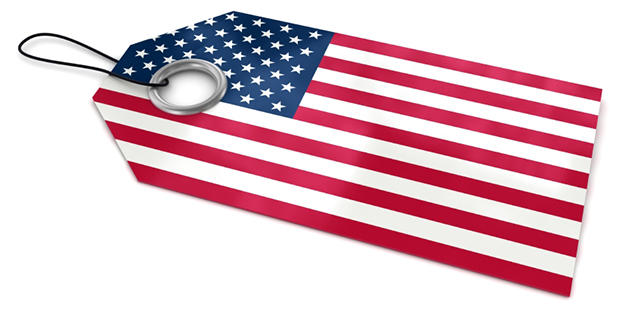
All things being equal, we Americans prefer buying American-made products. That’s the case for 78% percent of us anyway…or so says the Consumer Reports National Research Center in their new survey. More than 80 percent of theses folks cited retaining manufacturing jobs and keeping American manufacturing strong in the global economy as very important reasons for buying American. I like knowing I’m supporting an American company and the growth of jobs here… even if it’s a global world and I support manufacturing wherever it happens (my shopping habits certainly prove that). Plenty of end-use products I buy “Made in USA” have components sourced from a variety of places, and they should.
According to Consumer Reports, a number of product attributes, in addition to country of origin, contribute to decision-making and determining which product a consumer is more likely to choose.

Inspired by a book I read recently, I set about analyzing all the detritus of my life to determine if it is made in the USA. I inspected, flipped over, and analyzed everything I could get my hands around in my house as part of my quest. What I found was surprising.
My blanket was made in the United States. I didn’t know that. I’d barely stumbled out of bed and I was hitting on all cylinders. Sheets, mattress and pillows? I don’t know. I was too lazy to look, and mattresses are heavy and unwieldy. But I was 1 for 1 already and feeling good. Look, I’ll prove it.
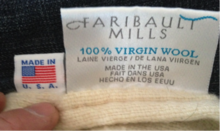
That pride soon turned to dismay, however. Inside my closet was a not-Made- in-the-USA horror show of epic proportions. Scream had nothing on what I found in there. I recorded in my notebook that most of my shoes are made in China. I have two pair of Bostonians that were made in India… but the rest were all made in China. I don’t own a single pair of shoes manufactured in the United States. Whatever chest-puffery that remained after looking at my shoes was vanquished like a vampire in sunlight when I looked at my shirts. My shirts were manufactured in a mini-United Nations. Sri Lanka? Got it. Malaysia? Yep. United Kingdom? Sure. I found out I own a shirt that was made in Mauritius. I’ve never even heard of Mauritius. Where is Mauritius? I need to Google that.
And for the insult to my pride’s injury, my iron was made in China.
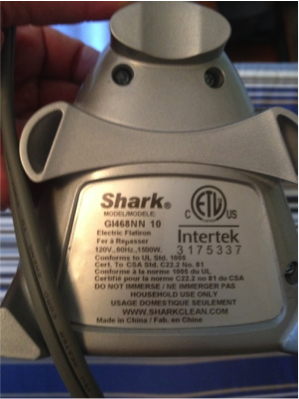
Then, things started looking up a bit, but just a bit. I own 3 belts. One black. One brown. One blue. Only 1/3 of all my belts are made in the United States. That’s hardly an endorsement for faithfulness to my personal Buy American credo.
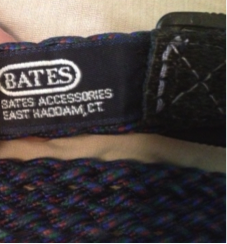
The garments that saved my closet spelunking were largely made by the same company and purchased consciously over the past year because of their quality. Their manufacturer, Bates, uses environmentally-conscious practices to produce clothes made in the USA. I also found a few Ibex products that were made in the USA, but a buy American paragon these few purchases do not make. I moved onto the misfortune waiting for me in the sock drawer. The country of manufacture for my socks was bifurcated along the line of their use. Commodity socks (your standard workwear blues, browns and blacks) were all purchased based on price. I have no idea where they were made as the labels long ago wore off. I assume somewhere not called America... at least, not the United States of America. My “specialty socks” for running and biking were all, bar none, manufactured in the United States. Wright Socks, Sock Guy Socks, and Darn Tough socks are all made here. These companies’ websites proudly fly the red, white and blue. I suppose I should have expected this—specialty textiles are often the Made in USA ones because, for a variety of reasons, specialty products don’t tend to be outsourced. And so it went. What else in my life was made in the United States? Here’s a partial list….
|
Made in the United States |
From somewhere else |
|
Gas Grill |
Charcoal Grill |
|
Bleach |
Clothes Dryer |
|
English muffins, milk, and cheese |
Raspberries, Old El Paso taco kits |
|
Aluminum foil |
Plastic wrap |
I gave up. I drank a beer. I felt better knowing that the beer was made in Colorado until the picture on the bottle served up a reminder that my bike was hand-made in Germany. All things being equal, I am one of the 78%, but just because I say I buy American doesn’t mean I do all the time…because I don’t. It’s a global game.
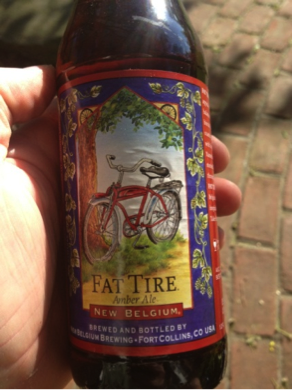
About the author
Related Posts
Comments
- Reply


